[2024] How to Fix Protocol Error Code 0x112f?
"I keep encountering a protocol error code 0x112f while trying to connect to my network. What does this mean and how can I fix it?"
This is one of the frequently asked questions by users on the Microsoft forum. If you have also found yourself grappling with the frustrating RDP message that appears because of a protocol error code 0x112f, you're not alone. Many users encounter this error when attempting to connect to a Windows server and it can disrupt your tasks and productivity.

Part 1. What is Protocol Error Code 0x112f
A protocol error occurs when there is a failure in the communication between devices or software using a specific set of rules, known as protocols. Protocols are essential for ensuring that data is transmitted accurately and efficiently over networks. They dictate how devices connect, communicate, and exchange information. When something goes wrong due to a protocol error, it can disrupt this communication that leads to various issues.
Likewise, when users encounter protocol error code 0x112f while using RDP, they may experience several symptoms. The most common issues include:
- Inability to Connect: Users may find that they cannot connect to remote services or networks. This can be particularly frustrating when trying to access important files or applications.
- Slow Performance: Even if a connection is established, the performance may be noticeably sluggish. This can manifest as delayed responses or lag when using applications.
- Dropped Connections: Users might find that their connections are unstable and frequently drop, requiring them to reconnect repeatedly.
These problems can significantly impact productivity, especially in environments that rely on stable network connections, such as remote work or online collaboration.
Part 2. Common Causes of Error Code 0x112f
In this section, we will explore the common causes that can lead to encountering error code 0x112f in the remote session. By understanding these reasons, you will be able to identify the underlying issues affecting your remote connection.
1. Misconfigurations in Network Settings
Sometimes, your network settings may not be configured correctly. This can happen due to changes made by users or automatic updates that alter settings without notice. Incorrectly set IP addresses, subnet masks, or DNS settings can create communication problems between devices that leads to protocol errors.
2. Firewall or Antivirus Interference
Firewalls and antivirus software are essential for protecting your system from external threats. However, they can sometimes block legitimate connections. If your firewall or antivirus is set too restrictively, it may prevent the Remote Desktop Protocol (RDP) from functioning correctly, which results in error code 0x112f. Checking and adjusting these settings can often resolve the issue.
3. Network Congestion or Instability
High traffic on your network can lead to congestion that makes it difficult for devices to communicate effectively. If too many users are connected to the same network or if there are bandwidth-heavy applications running, it can slow down your connection. This instability can trigger protocol errors, including 0x112f, especially during peak usage times.
4. Incompatibility between Client and Server Protocol
Protocol versions can vary between the client and server. If the client is using an outdated version of the Remote Desktop Protocol that is incompatible with the server, it can lead to connection issues. This incompatibility can prevent successful communication, ultimately resulting in because of a protocol error code 0x112f.
Part 3. How to Fix Protocol Error Code 0x112d?
After discussing about the possible root causes, we will now outline effective methods to troubleshoot and fix protocol error code 0x112f in the remote session.
1. Restart the Remote PC
Sometimes, a simple reboot can solve many problems. If you have access to the remote PC, try restarting it. According to user feedback, many have found that rebooting the remote machine can clear temporary issues and restore connection functionality. If the error persists after the reboot, proceed to the next steps.
2. Adjust the Screen Resolution
The protocol error code 0x112f often occurs when the resolution settings on your local machine differ significantly from those of the remote system. When there is a mismatch in the display parameters, the remote desktop protocol struggles to properly render the display that cause the connection to fail. To resolve this issue, it's important to ensure that the screen resolution on both the local and remote devices are compatible and properly configured. Here's how to adjust the resolution:
- Step 1.Open the Remote Desktop Connection application by searching for it in the Start menu.
- Step 2.Click on Show Options to expand the settings.
- Step 3.Go to the Display tab and change the color setting to High color (15 bit).
- Step 4.Click on the Connect button to initiate the connection..
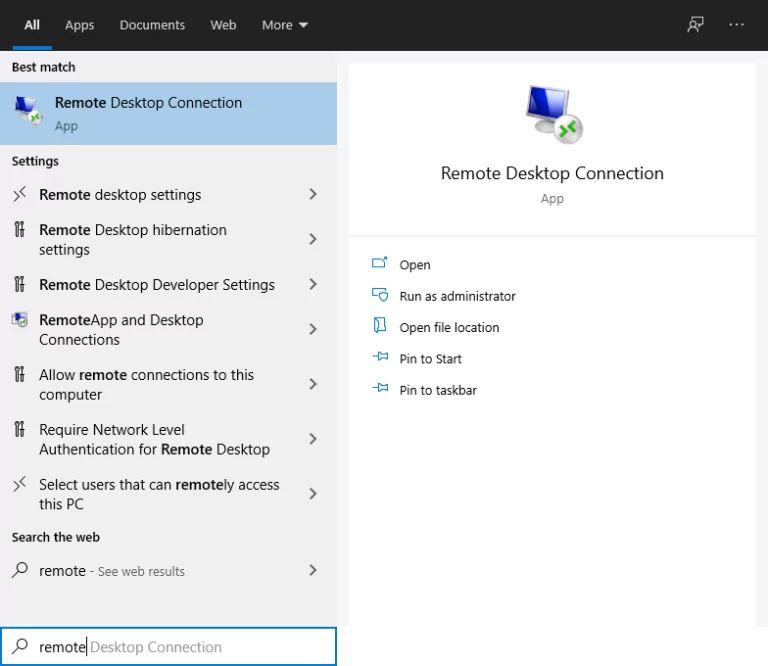
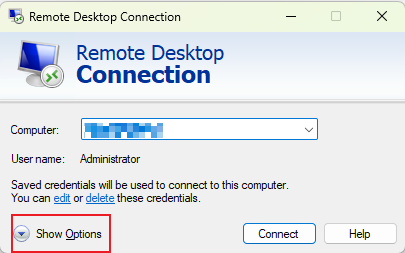
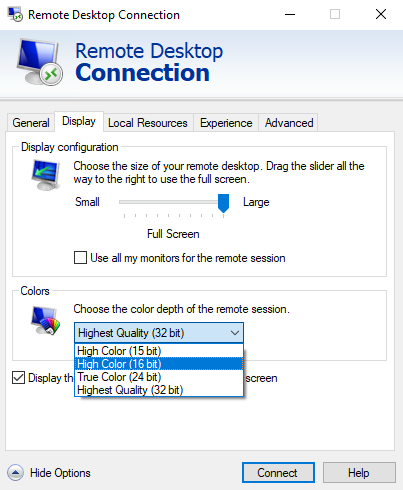
3. Disable Bitmap Caching
While it is designed to improve remote desktop performance by storing frequently used images on your local device, persistent bitmap caching can sometimes result in protocol errors. This occurs because the cached images may become outdated or corrupt, which cause display issues when the remote desktop attempts to load them.
To resolve such issues, disabling this feature can help prevent these errors and here's how you can turn off persistent bitmap caching:
- Step 1.Open Remote Desktop Connection (you can type mstsc in the search bar).
- Step 2.Click on Show Options to see more settings.
- Step 3.Navigate to the Experience tab.
- Step 4.Uncheck the box for Persistent bitmap caching.
- Step 5.After doing that, try connecting to the remote session again by clicking on the Connect button.
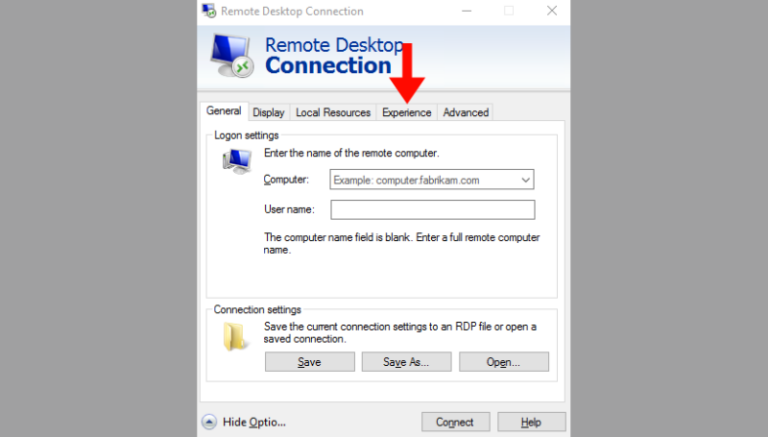
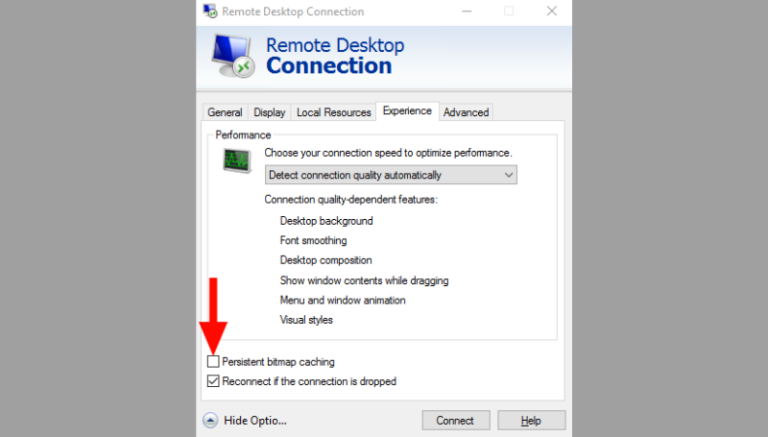
4. Uncheck Use All My Monitors for the Remote Session
If you are using multiple monitors, the protocol error code 0x112f may be due to how the remote desktop session manages multiple display configurations. You can uncheck the "Use All My Monitors for the Remote Session" option and see if it helps to resolve the error.
- Step 1.Open Remote Desktop Connection and click on Show Options.
- Step 2.Go to the Display tab and find the option labeled Use all my monitors for the remote session and uncheck it.
- Step 3.Click Connect to see if this resolves the issue.

5. Free Up Memory Using Command Prompt
When the server doesn't have enough available memory, it struggles to handle display data and session requests, which can result in connection problems, including protocol error code 0x112f. It's important to free up memory on the remote server, which will allow it to function more efficiently. You can follow these steps to clear memory and improve server performance:
- Step 1.Search for cmd in the Start menu, right-click on it, and select Run as administrator to open the Command Prompt.
- Step 2.To close unnecessary tasks, type the following command and press Enter:
taskkill /S (remote_server) /IM (process_image_name) /F
Replace "(remote_server) with the name of the remote server and "(process_image_name) with the name of the process you want to terminate. - Step 3.To log off an old session, use this command:
logoff (session_id) /SERVER: (remote_server)
Replace "(session_id) with the ID of the session you wish to log off.
After performing these steps, try reconnecting to the remote session to see if the error has been resolved.
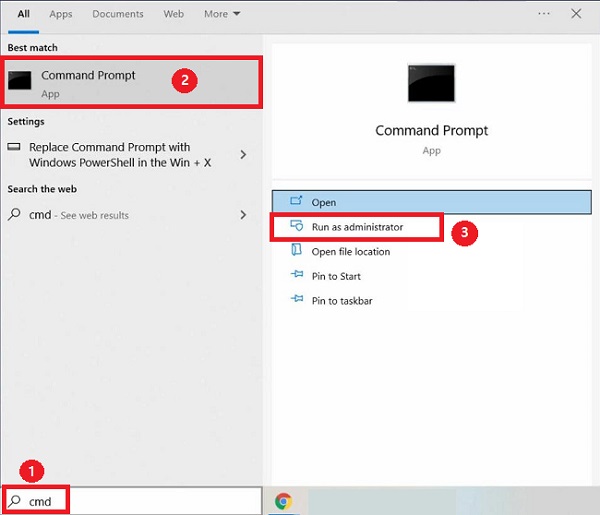
Part 4. Preventive Measures for Protocol Error Code 0x112f
Apart from attempting immediate troubleshooting solutions, it's crucial to take proactive measures to prevent protocol error code 0x112f from occurring in the future. Preventative steps help to ensure that the connection between your local device and the remote server remains stable.
1. Keep Your Software Updated
By ensuring and updating the software on both client and server systems, you can protect against vulnerabilities and enhance overall performance. Updates often include important bug fixes, security patches, and improvements that enhance the stability of your network. This can help prevent compatibility issues that might lead to errors, such as protocol error code 0x112f.
2. Check Configuration Settings Regularly
It is essential to periodically review and adjust the configuration settings of your Remote Desktop Connection. This practice ensures that the connection is optimized for your specific needs, enhance security, improve user experience, and ensure compatibility with the latest features. To do so, make sure that all settings, including display resolution, color depth, and monitor usage, are correctly set.
3. Monitor Network Performance
You can use network monitoring tools to track bandwidth usage and detect congestion. If you notice slowdowns or instability, address these problems promptly by reducing the number of connected devices or optimizing your network setup.
4. Optimize Firewall and Antivirus Settings
Your firewall and antivirus software are essential for protecting your system, but they can sometimes interfere with Remote Desktop connections. Regularly review the settings to ensure they allow necessary traffic.
5. Educate Users on Best Practices
If you are in a multi-user environment, educate all users about best practices when using Remote Desktop. Encourage them to log off properly when finished, avoid unnecessary simultaneous connections, and refrain from running resource-heavy applications during peak hours. It can help improve overall network performance and reduce the risk of errors.
6. Review Resource Usage
Lastly, it's a good practice to regularly check the resource usage on your remote server. High memory or CPU usage can strain the system and lead to connection instability or failures. Ensure that there is enough memory and processing power available for the tasks being performed. Consider upgrading hardware or optimizing applications if resource limitations are a recurring problem.
Part 5. Most Stable Remote Desktop Solution You Should Have
If you've tried all the troubleshooting steps outlined earlier and are still encountering protocol error code 0x112f, it's time to consider a more stable and reliable remote desktop solution. And this is exactly where AirDroid Remote Support comes into play.
AirDroid Remote Support is a well-regarded remote desktop access program that caters to a wide range of users, from individual professionals to large businesses. Its ease of use and robust features make it an excellent choice for anyone needing reliable remote support. With AirDroid, you can quickly connect to devices without complex setup processes or ongoing configuration issues.
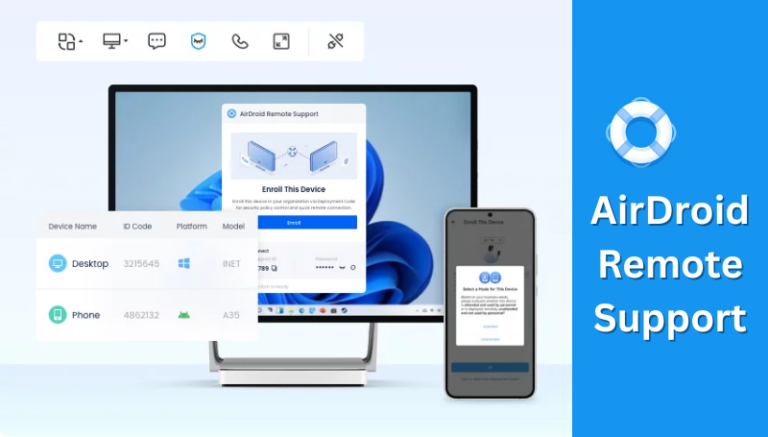
- Zero Configuration Remote Desktop Support: After installing the app, you won’t need to go through complex setup processes. Simply log in, and the tool takes care of the rest, allowing for quick and easy connections.
- Text and Voice Chat: Communicate effectively with your clients through built-in text messaging and voice call features. This allows for clearer explanations and quicker problem resolution during remote sessions.
- Attended and Unattended Access: Easily manage client devices by saving them as Attended or Unattended. Attended means the client is present during support, while Unattended allows access without the client being there, perfect for routine maintenance.
- Security Policy Management: Customize security settings for each device to ensure safety during remote access. This feature helps your tech support team follow consistent security measures, protecting both your clients and your organization.
Steps to Use AirDroid Remote Support
- Step 1.Install AirDroid Remote Support on the remote PC and install AirDroid Business on the local PC.
- Step 2.Launch AirDroid Remote Support on the remote PC and note down the 9-digit code.
- Step 3.Launch AirDroid Business on the local PC and go to ID connect tab. Enter the connection code and click Connect.
- Step 4.On the remote PC, click Accept to establish the remote connection.

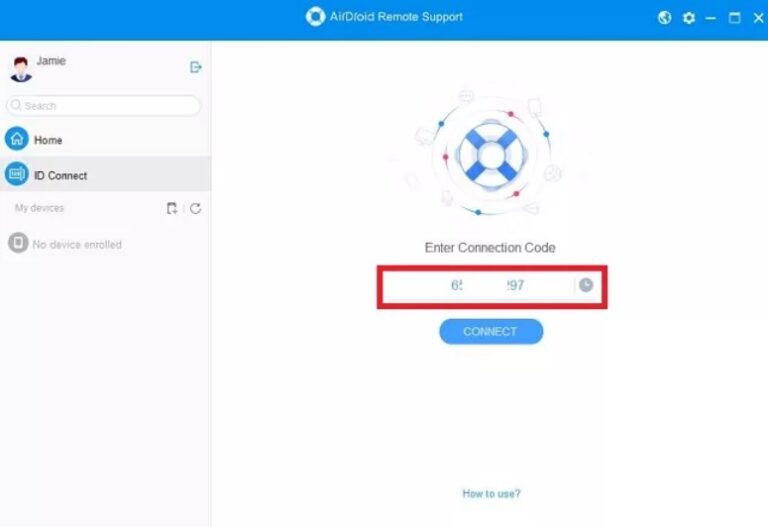
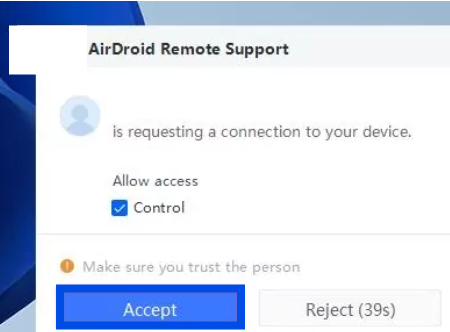
Conclusion
We have covered everything you need to know to fix the frustrating RDP connection issue because of a protocol error code 0x112f. From understanding the error to exploring various troubleshooting methods, we hope you now feel more equipped to handle this problem effectively.
If you continue to experience difficulties, we highly recommend trying AirDroid Remote Support. This tool offers a reliable and user-friendly way to access and manage devices remotely. Get started now.













Leave a Reply.